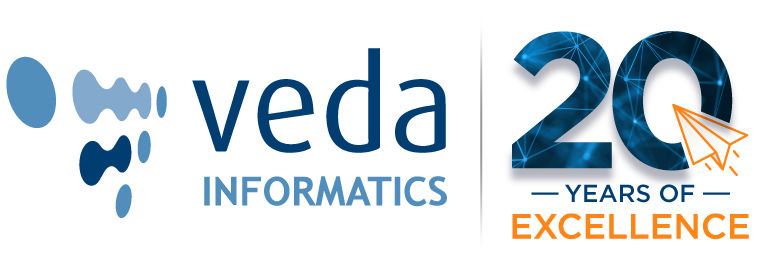Cloud computing has emerged as mainstream technology and a non-linear growth engine for enterprises, thanks to its ability to help enterprises better manage their business processes and stretch their IT infrastructure budgets. More than 23% of the companies in the US are beginning to plan and test the use of cloud computing applications as part of their 2020 vision.
For a small company, for instance an early-stage firm developing iPhone applications, cloud computing provides the freedom to scale the business without the need to procure and maintain servers. For a midsized company with an already existing IT infrastructure, cloud computing applications can complement IT investments. For large organizations, cloud computing applications can maximize operational and economic efficiencies by managing core business processes such as payroll, billing, disaster recovery, customer relationship management, and enterprise resource planning.
A September 2009 study by Avanade, a business technology services provider, revealed that senior executives and IT decision makers in 17 countries reported a 320% increase in the testing and planned implementation of cloud computing applications, as compared to nine months earlier.
Below, we discuss some real test cases in cloud computing and new technology development in the industry.
Amazon
Amazon has partnered with Lawson Software to make Lawson’s ERP software and other cloud computing applications available on Amazon’s Web Services. In addition, Lawson is launching a “test drive” service in May 2010 that will enable its customers to test its services on Amazon for up to two weeks. With the Amazon deployment scenario, customers will be able to set up new application instances quickly and add system capacity during hours of peak demand.
NASA
NASA, in 2009, developed a process for estimating the cost of new technology adoption that included uncertainty and an independent review of the estimate. The test methodology was based on parameters like cost influencers, development issues, impact on performance, and probability of success. As a test case, NASA engineers applied the methodologies to a set of autonomy software technologies for the Rover Autonomy Study for the Mars Science Laboratory (MSL) mission. The test case was validated against a formula that determines at what point diminishing returns render the case inadvisable to invest in enhancing technologies to reduce its failure rate.
Most test cases in developing new technology products and services are geared to mitigating potential failures, and reducing the complexities involved in each stage of the development process. Since the cost of technology and its subsequent adoptions cannot be predicted with pinpoint accuracy, test cases prove to be ideal to build a prototype and estimate the ROI with regard to performance in iterations.

Appears to be an enjoyable experience. Thanks for the wonderful post. Always fun to see new things.
Good Article